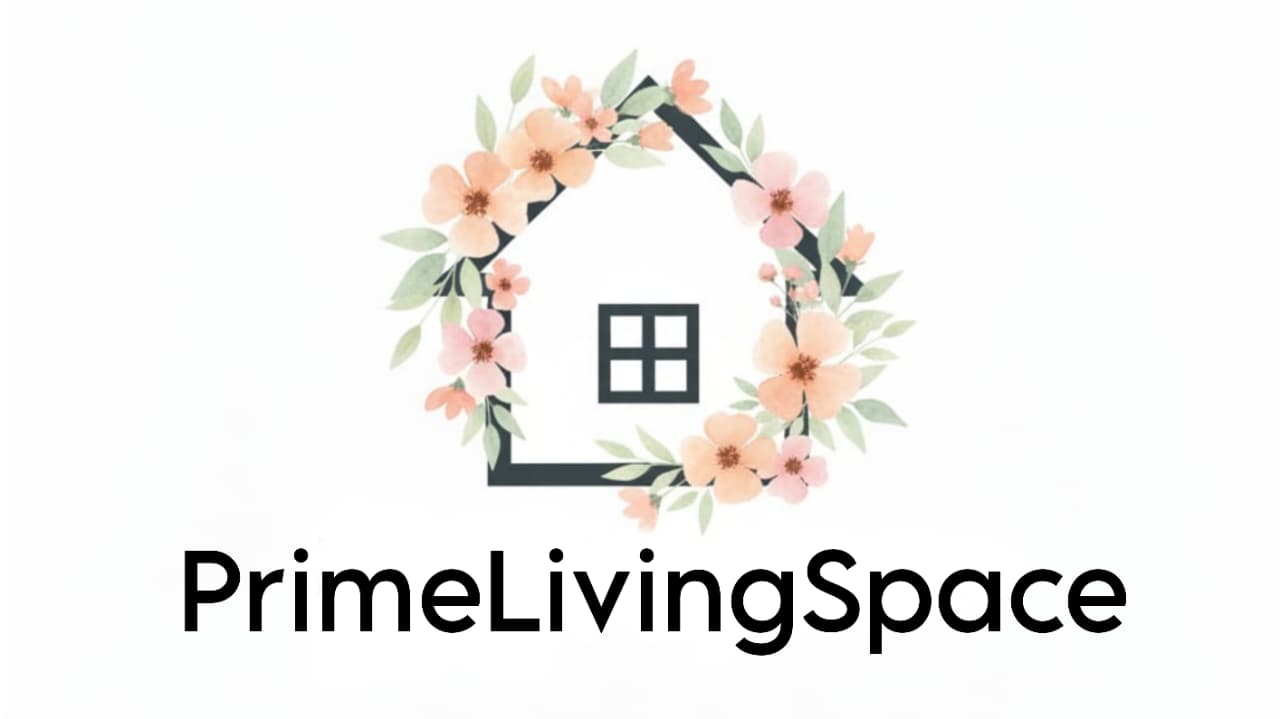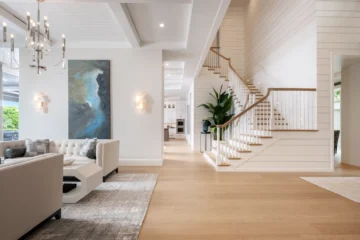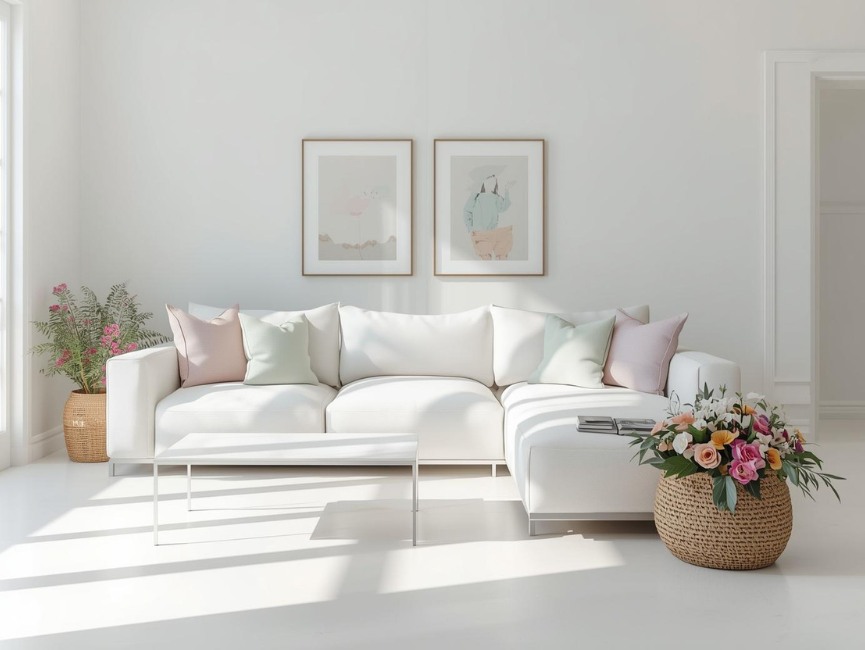
Have you ever picked up a cute decorative pillow, checked the tag, and instantly whispered, “There’s no way this tiny thing costs $150”? Like Why Decorative Pillows Are So Expensive?
Yeah, same.
But here’s the truth: that price isn’t random. It’s not some “designer tax” (well, not only that). It’s a tangled web of material costs, craftsmanship, shipping chaos, and psychology all hidden behind those fluffy covers.
So let’s unpack what’s really behind the cost of that throw pillow on your couch—and why understanding it might just change how you shop forever.
- 1. The Fabric Story: Why Material Costs Keep Rising
- 2. Down vs. Polyester—The Insert That Changes Everything
- 3. The Art of Making One Pillow—Labor and Craftsmanship
- 4. Retail Markups and the Psychology Behind That Price Tag
- 5. Supply Chain, Shipping & Certification—The Hidden Costs
- 6. The Honest Cost Breakdown (Real Numbers Example)
- 7. Durability—Why Cheap Pillows Feel Cheap Later
- 8. How to Shop Smart (and Actually Save Money)
- 9. For Makers—The Pricing Formula You Should Know
- 10. Final Verdict: Are Expensive Decorative Pillows Worth It?
- FAQs
1. The Fabric Story: Why Material Costs Keep Rising
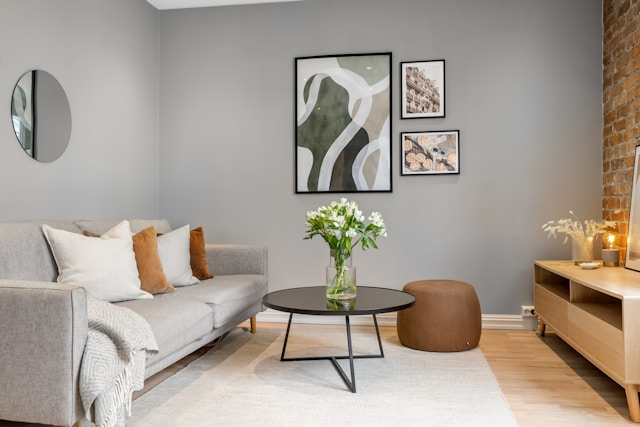
The biggest culprit? Fabric.
Cotton, linen, and velvet are all those dreamy textures that make pillows look luxe—have seen wild price swings since 2022. Droughts in cotton-producing regions, fuel price hikes, and energy costs have pushed fabric prices up by as much as 30–60% per yard.
Even synthetic materials aren’t cheap anymore; polyester and rayon rely on petroleum, and when oil spikes, so does your pillow cover.
Think about it: a single 20×20-inch pillow might need nearly a yard of fabric. Multiply that by $10–$40 per yard for high-quality textiles… and you’re already seeing how that “$150 pillow” starts adding up.
2. Down vs. Polyester—The Insert That Changes Everything
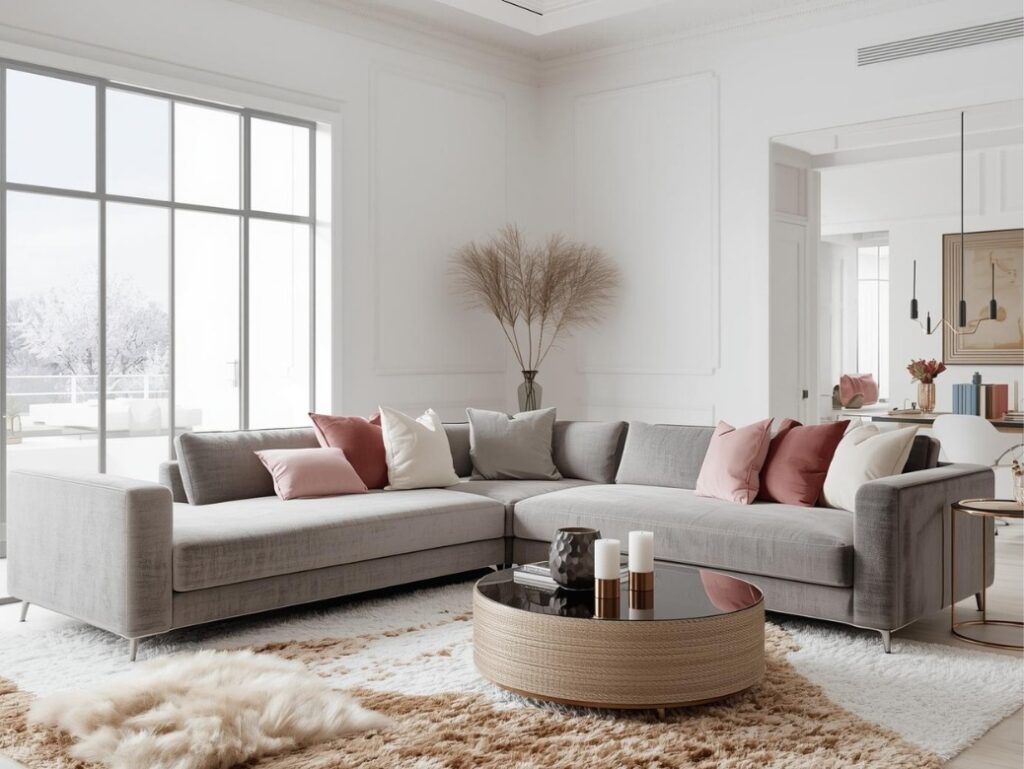
Here’s a secret retailers rarely talk about: what’s inside your pillow matters more than the cover.
A down insert (made from goose or duck feathers) costs 3 to 5 times more than a polyester one. And it’s not just fluff down that has “fill power,” a measure of loft and resilience. Higher fill power = plumper, longer-lasting cushion.
But down also needs down-proof ticking (a tightly woven inner shell that keeps feathers from poking out). That alone adds another few dollars per pillow.
Compare that to polyester inserts, which flatten after a few months cheaper upfront, but you’ll replace them faster.
So yes, that $20 Target pillow might look cute… for about a season.
3. The Art of Making One Pillow—Labor and Craftsmanship
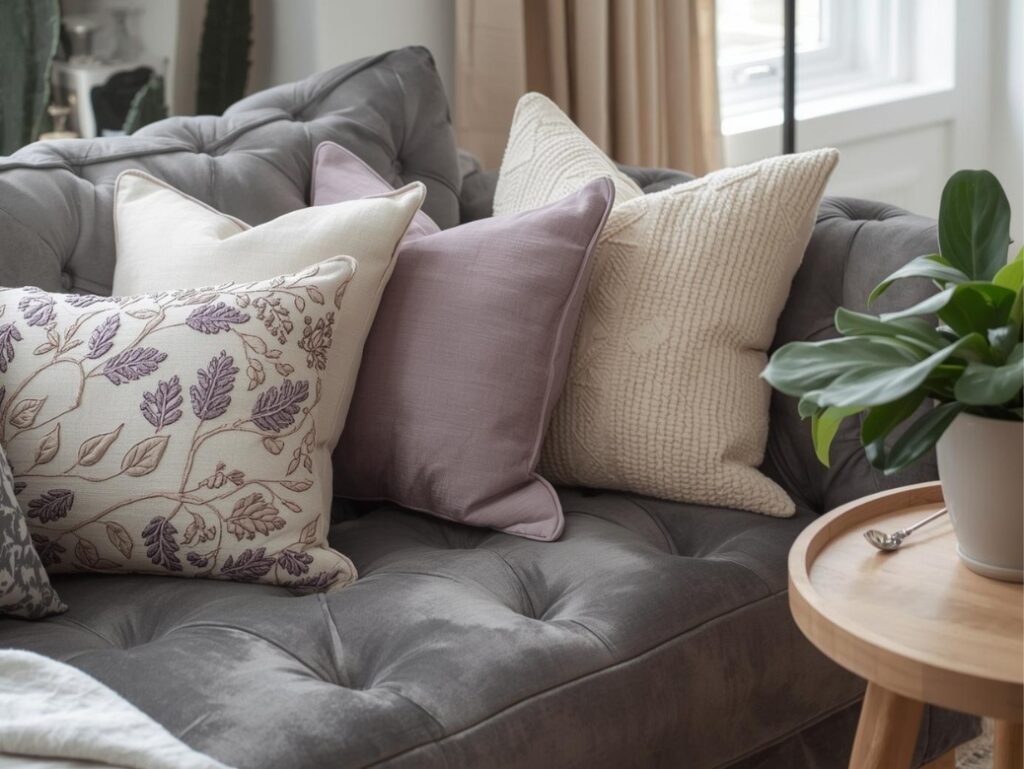
Mass-market pillows are stitched in minutes. But artisan or boutique pillows? They’re crafted with care and time costs money.
Picture this: a seamstress hand-embroiders a linen cover, adds piping around the edges, and then installs a hidden zipper so the cover sits perfectly flat. That’s not a 5-minute task. That’s skill, precision, and patience.
Custom sizing, pattern matching, appliqué every step adds hours. Small workrooms or Etsy makers aren’t mass-producing in a factory; they’re creating art one seam at a time.
It’s why a $25 pillow from Amazon can’t compete with a $125 one made by an independent designer who signs the tag.
4. Retail Markups and the Psychology Behind That Price Tag
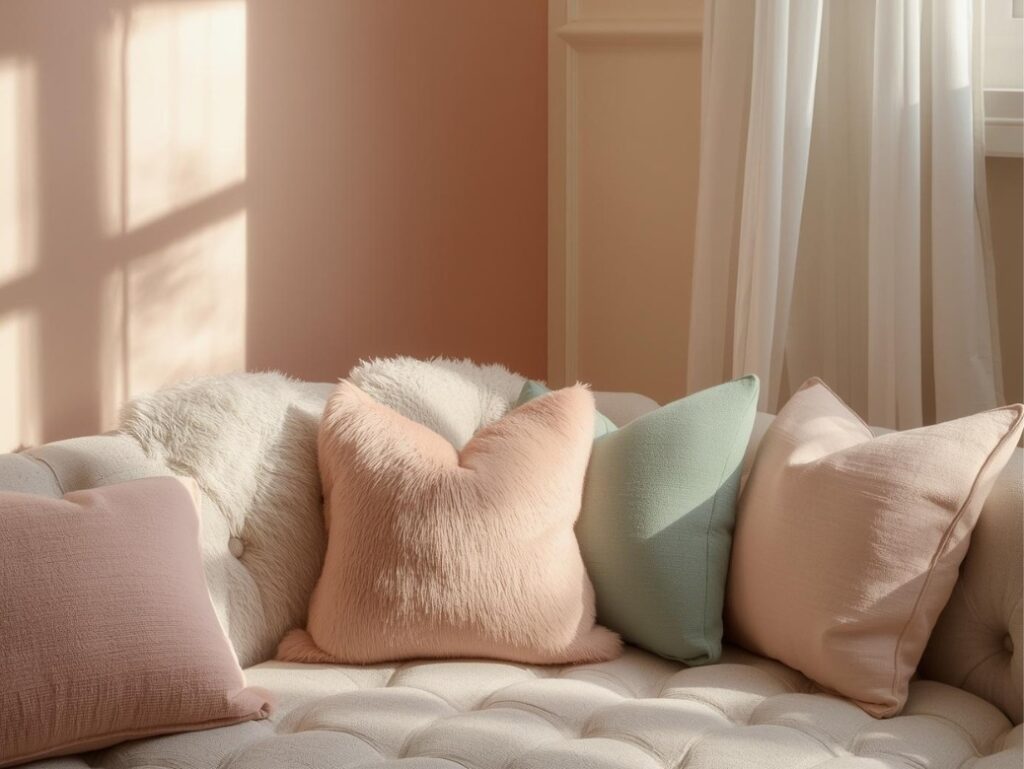
Here’s where things get juicy.
Decorative pillows are what the industry calls “low-ticket, high-margin decor.” That means retailers don’t make much on big-ticket furniture, they make it on accessories like pillows that look affordable but aren’t.
Wholesale covers can cost as little as $2–$3 each overseas, yet by the time they hit your favorite home store, they’re priced at $30–$200.
Why? Markup. Branding. Store lighting. The experience. Retailers know pillows are impulse buys so they lean into it. You walk in for a candle and walk out with two $80 pillows.
5. Supply Chain, Shipping & Certification—The Hidden Costs
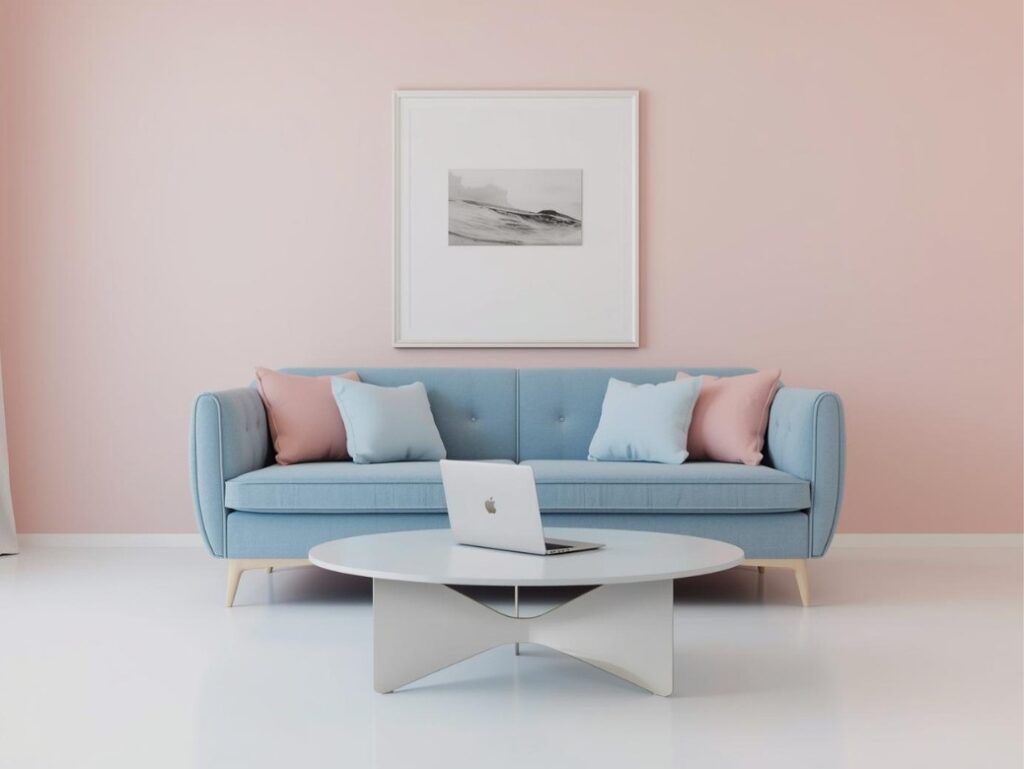
It’s not just fabric and fluff.
Every pillow crosses oceans, passes inspections, and sometimes earns eco-certifications like Oeko-Tex or GOTS. Each step adds cost.
Container shipping prices skyrocketed post-2020, tariffs rose, and warehouses charge for storage, returns, and even handling damaged goods. If a retailer imports 10,000 pillows, those costs are baked into every single one.
And when brands go to sustainable organic cotton, fair-wage factories, non-toxic dyes certifications can add 10–20% more to production.
6. The Honest Cost Breakdown (Real Numbers Example)
Let’s demystify it once and for all.
Here’s what a mid-range pillow might actually cost to make:
| Component | Cost (Approx.) |
| Fabric (1 yd linen) | $18 |
| Insert (down/feather) | $12 |
| Labor (cutting, sewing, finishing) | $20 |
| Finishing (zipper, piping) | $5 |
| Packaging, shipping, overhead | $7 |
| Wholesale price: | $62 |
| Retail price (2.2× markup): | $136.40 |
Suddenly that $130 pillow doesn’t look as outrageous, does it?
7. Durability—Why Cheap Pillows Feel Cheap Later
Ever notice how a $20 pillow loses its shape within a month? That’s not your imagination.
Cheap pillows often skip quality steps: thin threads, weak seams, and flimsy zippers that break after one wash.
Premium pillows use heavy-duty thread, reinforced corners, and high GSM (grams per square meter) fabric that lasts for years. It’s not just luxury, it’s longevity.
Buy once, cry once.
8. How to Shop Smart (and Actually Save Money)
Here’s how to get that designer look without the guilt trip:
1- Buy covers only and reuse inserts.
2- Look for natural fabrics like cotton, linen, or hemp that age beautifully.
3- Check for hidden zippers and tight seams.
4- Don’t be afraid of Etsy makers—small-batch often means better quality.
5- DIY your own if you love sewing—a simple 18×18 linen pillow can cost you $25 to make at home.
Smart shopping isn’t about buying cheap; it’s about buying well.
9. For Makers—The Pricing Formula You Should Know
If you’re a maker or small business owner, stop undervaluing your work.
A sustainable pricing model looks like this:
(Materials + Labor + Overhead) × 2 = Wholesale
Wholesale × 2 = Retail
Why? Because returns, photography, packaging, and marketing all cost money. If you skip that math, you’re not running a business, you’re running a hobby.
10. Final Verdict: Are Expensive Decorative Pillows Worth It?
Honestly? Yes if you care about longevity, ethics, and design integrity.
A $25 pillow might scratch that instant-gratification itch, but a $120 one crafted with care, real materials, and fair labor holds its beauty for years.
You’re not just buying fluff, you’re investing in comfort, craftsmanship, and a story stitched into every seam.
So next time you see a $200 decorative pillow, don’t roll your eyes. Look closer. There’s more value in that cushion than meets the eye.
FAQs
Q1. Why do some throw pillows cost $200+?
Because they use premium fabrics, high-fill down inserts, and handmade finishes that take hours to produce.
Q2. Are expensive decorative pillows worth it?
They last longer, keep their shape, and use safer materials—making them a smarter long-term buy.
Q3. Can I save money by buying covers only?
Definitely. Swap covers seasonally and reuse your inserts—that’s what designers do.
Q4. How much does it cost to make a throw pillow?
Anywhere from $15 for mass-produced versions to $60+ for artisanal ones before markup.
Q5. What’s the difference between down and down-alternative inserts?
Down offers unmatched softness and longevity; synthetics are cheaper but flatten faster.
